Managing blood sugar levels can feel challenging.
All the conflicting advice out there makes it hard to find effective strategies.
I’ve explored various methods and solutions that can make a significant difference.
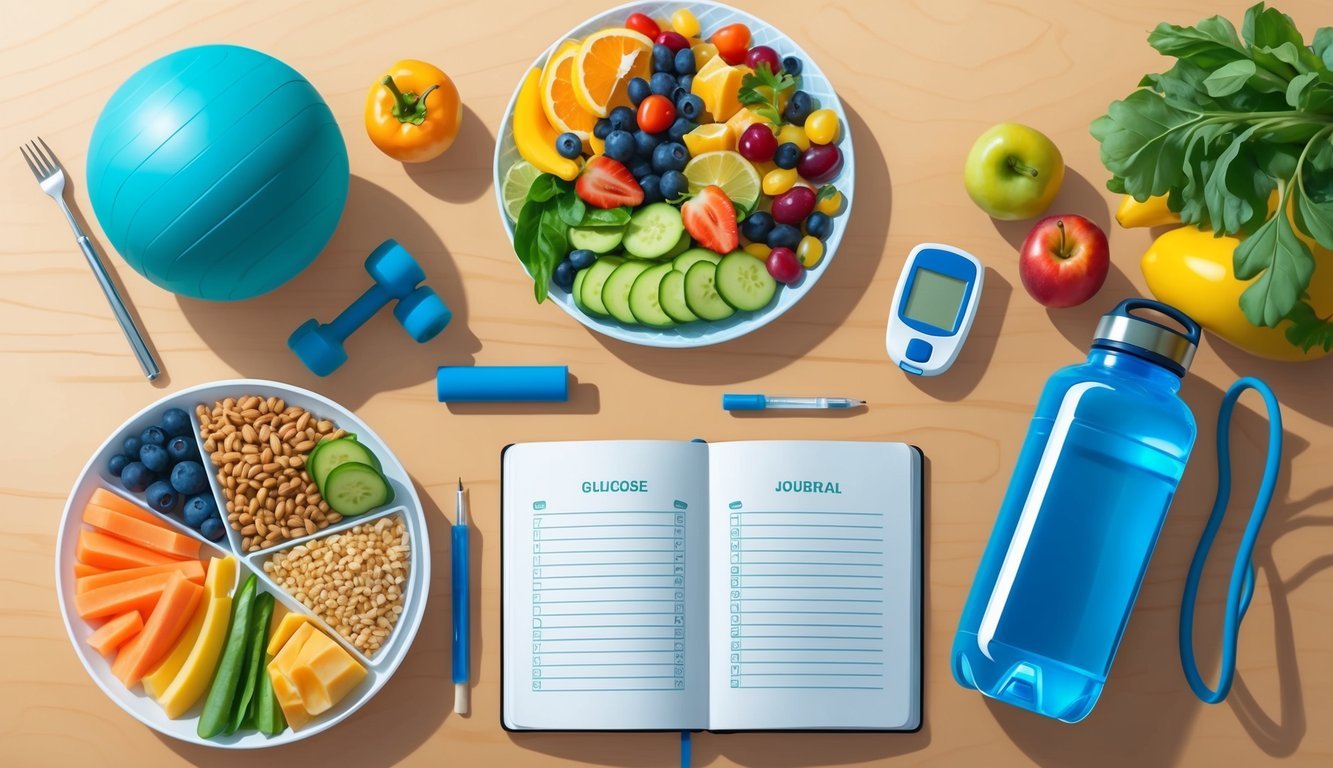
Incorporating simple lifestyle changes can have a big impact on blood sugar management.
From dietary adjustments to physical activity, there are proven approaches that can help keep those levels in check.
It’s all about finding what works for me, so I can maintain a balanced and healthy lifestyle.
1) Eat Fiber-Rich Foods
When I think about managing blood sugar, fiber-rich foods immediately come to mind.
They play a crucial role in slowing down digestion and keeping my glucose levels in check.
I love incorporating vegetables like broccoli and leafy greens into my meals.
They’re not only nutritious but also fill me up without spiking my blood sugar.
Oats are another favorite of mine.
They provide a great source of fiber and keep me satisfied for hours.
I often enjoy them in oatmeal or overnight oats.
Legumes like lentils and beans are also fantastic.
They add bulk to my meals and are packed with nutrients.
Whenever I’m looking for a snack, I reach for fruits like berries or apples.
They keep the fiber levels high while satisfying my sweet tooth.
By making these fiber additions to my diet, I find it easier to maintain stable blood sugar levels and feel healthier overall.
2) Exercise Regularly
I’ve found that exercising regularly really helps me manage my blood sugar levels.
It’s not just about hitting the gym; any activity that gets my heart rate up is beneficial.
Going for a jog, biking, or even hiking can make a difference.
I try to mix things up with different forms of exercise.
For example, I might combine cardio, like running on the treadmill, with some weight training.
This variety keeps it interesting and gives my body a better overall workout.
Before I start my exercise routine, I check my blood sugar levels.
If it’s low, I grab a quick snack to boost it a little.
During workouts that are longer than an hour, I make sure to check my levels periodically.
Staying aware helps me avoid any surprises.
Incorporating regular exercise into my routine has been one of the most helpful tools for staying on top of my blood sugar.
It’s a simple, effective strategy that anyone can do!
3) Monitor Carbs Intake
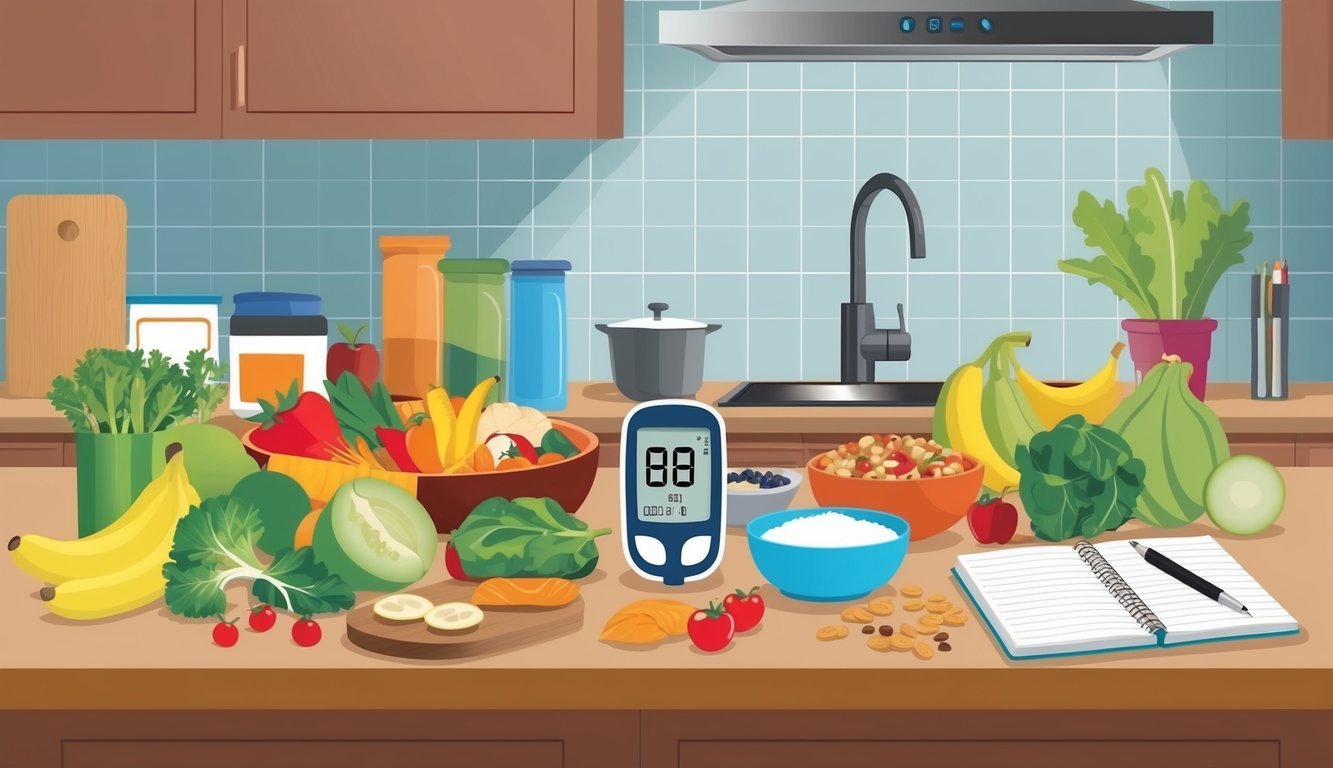
I’ve found that keeping an eye on my carb intake is crucial for managing my blood sugar.
It helps me make better food choices throughout the day.
Carb counting is a straightforward approach.
I set a daily carbohydrate target in grams and divide that across my meals.
It’s useful to pick high-quality carbs, like whole grains and vegetables, rather than processed options.
Before I exercise, I make sure to balance my snacks with about 15 to 30 grams of carbs.
This keeps my energy steady and helps prevent dips in blood sugar.
I also find it helpful to keep a food diary.
Tracking what I eat allows me to see how different foods affect my levels.
This awareness has made a big difference in my daily routine.
Staying mindful of my carbohydrate intake not only helps with my blood sugar but also supports my overall health goals.
4) Stay Hydrated

Staying hydrated is key for managing blood sugar levels.
When I drink enough water, it helps my kidneys flush out excess glucose.
It’s one of those simple things that can really make a difference.
I try to keep a water bottle with me throughout the day.
This reminds me to sip frequently and stay on top of my hydration.
It’s easy to forget, especially when I’m busy.
Sometimes, I notice that thirst can be mistaken for hunger.
By drinking water first, I can avoid unnecessary snacking.
This helps keep my blood sugar stable as well.
I also find that drinking water before meals helps with digestion.
It feels like a straightforward way to support my body without any complicated routines.
Plus, it’s refreshing!
Practice Portion Control
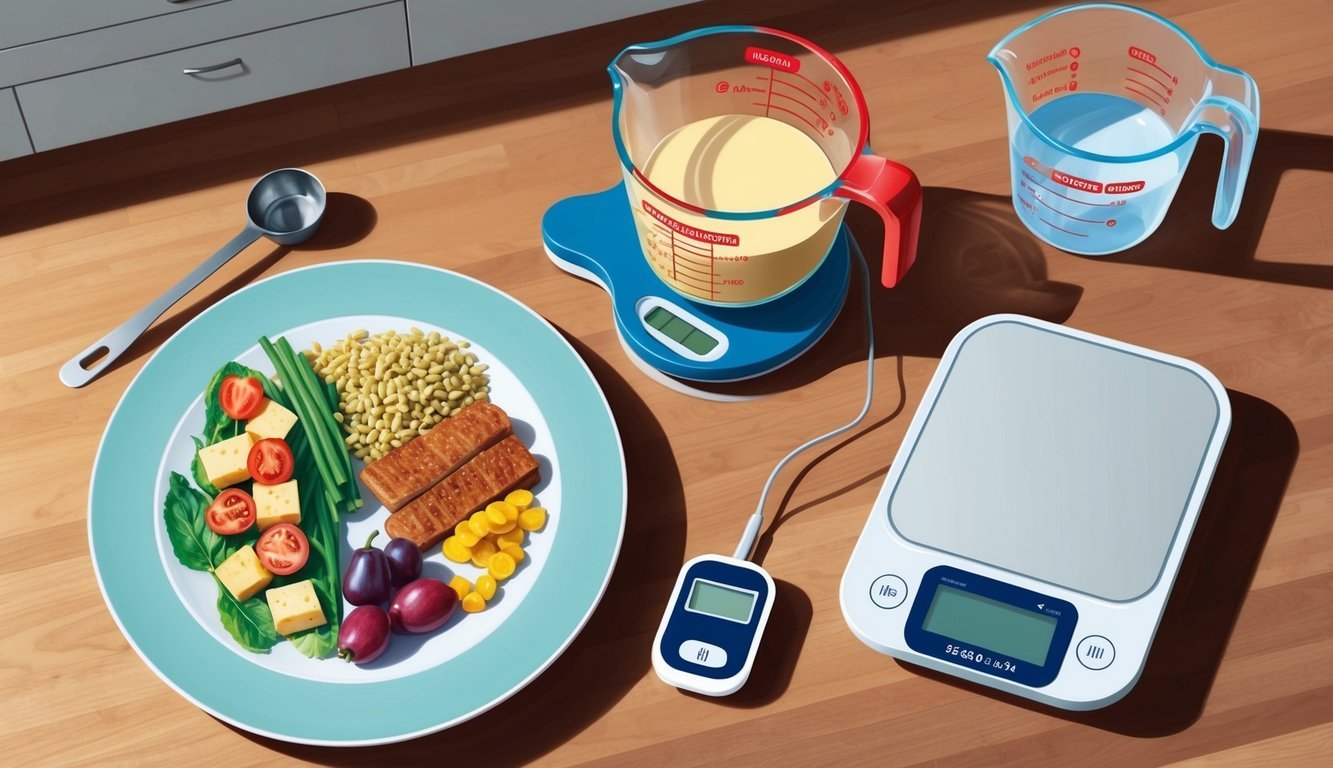
Portion control has been a game changer for me in managing my blood sugar levels.
I learned that keeping an eye on how much I eat can really make a difference.
By measuring my portions, I’ve found it easier to keep my carbohydrate intake in check.
Using tools like measuring cups or a food scale has helped me understand what a proper serving looks like.
I also incorporate the plate method, filling half my plate with vegetables and dividing the rest between lean protein and whole grains.
This visual guide helps me balance my meals without overdoing it.
Carb counting has become a routine for me.
I set daily carbohydrate targets to stay on track.
Choosing whole foods over processed options has also improved my overall nutrition.
Sticking to regular meal times aids in stabilizing my blood sugar.
With practice, portion control has turned into a manageable habit for me, making a positive impact on my health.
6) Get Enough Sleep

I’ve noticed that sleep plays a huge role in managing blood sugar levels.
When I don’t get enough rest, my blood sugar can become less stable.
Research backs this up.
People with type 2 diabetes often report that high blood sugar leads to poorer sleep quality.
It’s a cycle that can be tough to break.
Striving for consistent sleep can help regulate my levels.
I find that good sleep hygiene habits, like keeping a sleep schedule and creating a restful environment, really make a difference.
On days when I’m active, I generally sleep better.
Exercise supports both my sleep and blood sugar management.
It’s all interconnected, and prioritizing good sleep is a smart move.
If I wake up feeling refreshed, I’m better equipped to make healthier choices throughout the day.
It’s just part of my overall routine for maintaining healthy blood sugar levels.
Manage Stress Levels
Managing stress has been a crucial part of my journey in keeping my blood sugar levels stable.
Stress can trigger hormonal changes that lead to increased blood sugar.
Recognizing this was a game changer for me.
I found that regular exercise helps to reduce stress significantly.
Even a brisk walk or a short workout can clear my mind and lower those pesky stress hormones.
Mindfulness techniques, like meditation and deep breathing, have also been effective.
Taking just a few minutes to center myself can shift my mood and keep my blood sugar in check.
I try to prioritize sleep too.
Lack of sleep can heighten stress and impact my blood sugar levels.
A consistent sleep routine has made a noticeable difference.
Lastly, I’ve learned to set boundaries to prevent overwhelm.
Saying no when necessary helps me manage my commitments and keeps my stress levels more manageable.
Balancing life’s demands is key to feeling good mentally and physically.
8) Eat Smaller Meals More Often
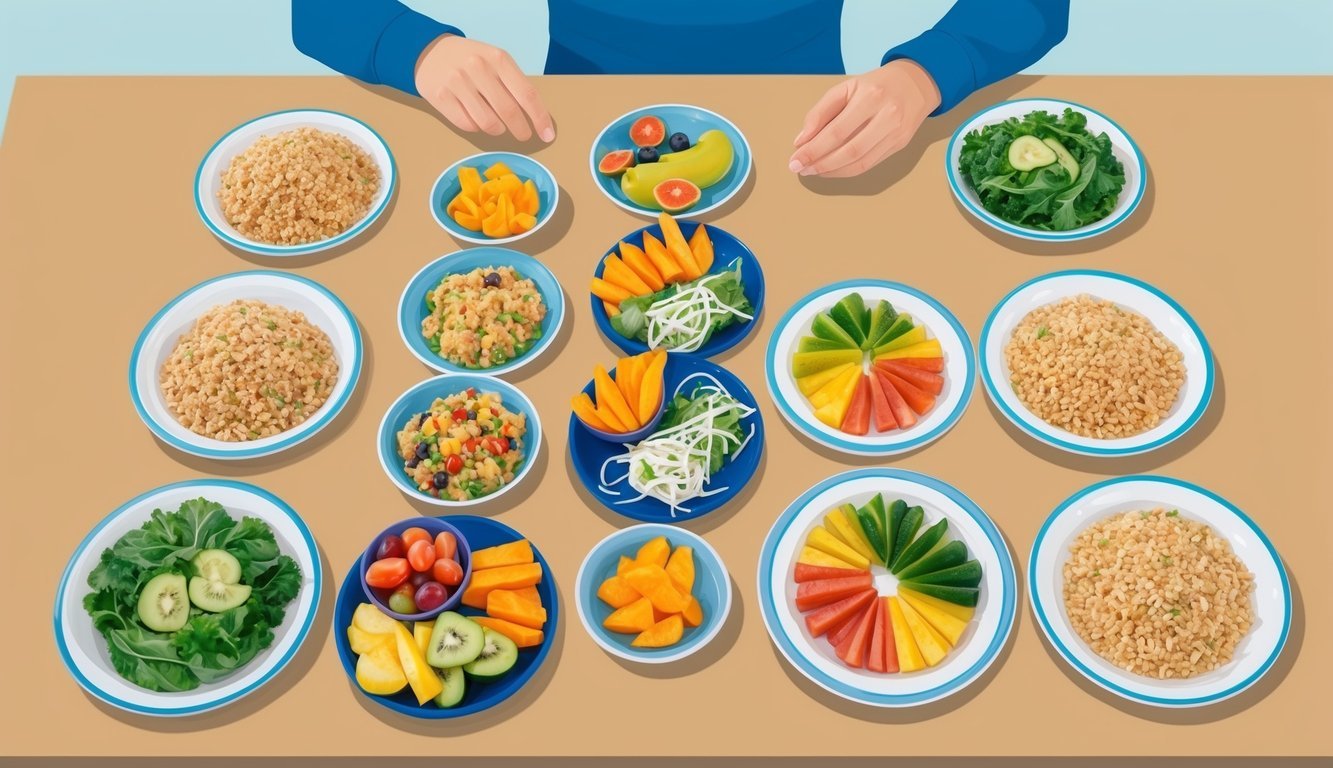
I’ve been exploring how meal frequency impacts blood sugar levels.
Eating smaller, more frequent meals is often suggested for better management.
This approach can help prevent significant spikes in blood sugar throughout the day.
When I eat smaller meals every few hours, I notice my energy levels remain steady.
This pattern helps me avoid the extremes that come with larger meals.
It can also aid in managing hunger and cravings.
Research points out that meal timing matters.
Eating at regular intervals keeps my metabolism engaged and can improve my overall diet quality.
However, the exact benefits can vary depending on individual needs and preferences.
I find it essential to focus on balanced nutrition, not just frequency.
Quality ingredients combined with smaller portions seem to promote better blood sugar control.
Overall, it’s about finding what works best for me.
9) Avoid Sugary Beverages

I’ve learned that cutting out sugary beverages can make a real difference in managing my blood sugar levels.
Drinks like soda, sweetened teas, and energy drinks can spike my blood sugar rapidly.
Instead, I opt for water, herbal teas, or black coffee.
These choices keep me hydrated without the added sugar.
It’s also a good idea to check labels.
Many drinks have hidden sugars.
When I want something flavorful, I sometimes add a slice of lemon or cucumber to my water.
This simple change helps me enjoy my drink without compromising my health.
I try to replace sugary drinks with alternatives that are low or zero-calorie.
This way, I can still enjoy my beverages without affecting my glucose levels.
Swapping out sugary drinks not only supports my blood sugar management but also contributes to my overall health.
It’s a small change that I can stick to for life.
Understanding Blood Sugar
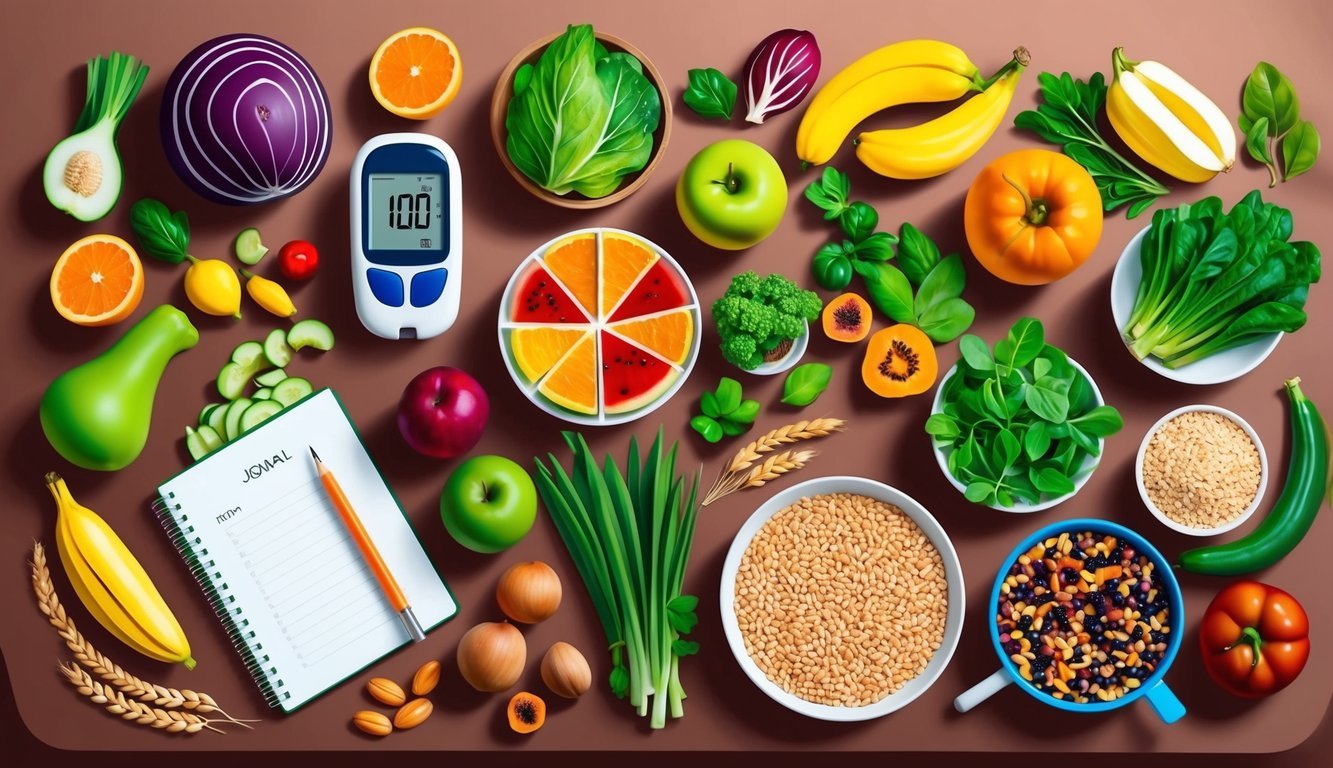
Blood sugar, or glucose, plays a crucial role in my body’s energy management.
It’s important to grasp what it is and why maintaining balanced levels can significantly impact my overall health.
What Is Blood Sugar?
Blood sugar refers to the concentration of glucose present in my bloodstream.
Glucose is a simple sugar that comes from the foods I eat, particularly carbohydrates.
When I consume food, my digestive system converts it into glucose, which my cells use as fuel.
My body regulates this glucose through hormones like insulin, produced by the pancreas.
If my blood sugar is too high, it can lead to hyperglycemia, while too low levels cause hypoglycemia.
The normal blood sugar range for me is about 70 to 140 mg/dL depending on when I last ate.
Understanding these levels helps me make better choices for my diet and lifestyle.
Why Blood Sugar Levels Matter
Maintaining my blood sugar levels is essential for several reasons.
When my blood sugar fluctuates, it can lead to immediate symptoms like fatigue, irritability, or dizziness.
Consistent high levels can result in long-term health issues such as diabetes, heart disease, or kidney problems.
By monitoring my blood sugar, I can take proactive steps to stay healthy.
Lifestyle Adjustments for Better Management
Making some lifestyle changes can really help in managing blood sugar levels effectively.
By focusing on diet and exercise, I can improve my overall control and well-being.
The Role of Diet
Diet plays a crucial role in managing blood sugar.
I aim to include fiber-rich foods like vegetables, whole grains, and legumes in my meals.
These foods help slow down digestion and can stabilize blood sugar levels.
I also watch my carbohydrate intake.
I find that balancing carbs with protein and healthy fats works best for me.
Aiming for about 15-30 grams of carbs in snacks before exercise helps prevent low blood sugar.
Hydration is important too.
I try to drink water regularly, as it helps lower blood sugar levels and supports my overall health.
I avoid sugary drinks because they can spike my blood sugar quickly.
Staying hydrated also supports my digestion and keeps my energy levels stable throughout the day.
In addition to drinking water, I follow healthy teeth and gums tips by choosing beverages that don’t contain added sugars, which can contribute to tooth decay.
Prioritizing hydration and making smart drink choices help me maintain both my blood sugar levels and oral health.
Exercise and Its Impact
Exercise is another vital part of my routine.
I’ve seen that physical activity helps lower blood sugar levels by increasing insulin sensitivity.
I try to incorporate both aerobic activities, like walking or cycling, and strength training into my week.
Even short bursts of movement can be effective.
I make it a point to get up and stretch or walk around during breaks.
This simple change keeps my blood sugar levels steadier throughout the day.
Stress management through exercise also contributes to my blood sugar stability.
Activities like yoga or jogging not only help me relax but also keep my hormonal balance in check, preventing sudden spikes in my blood sugar.

